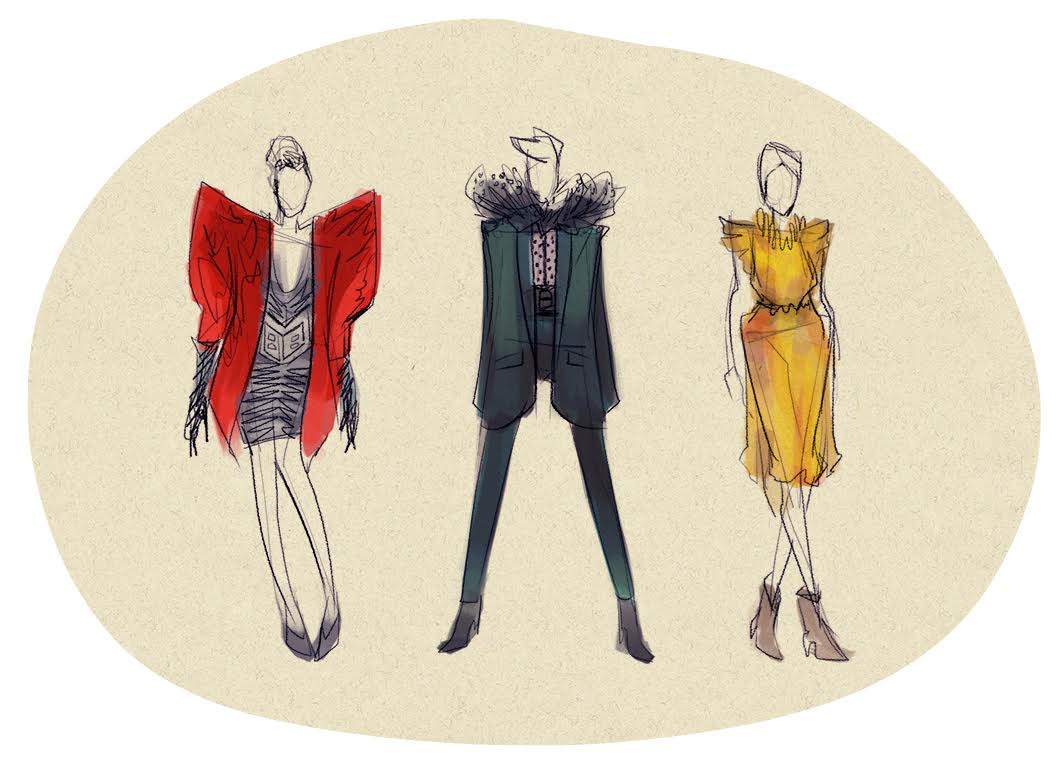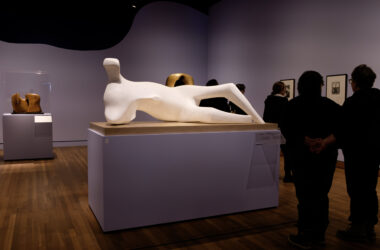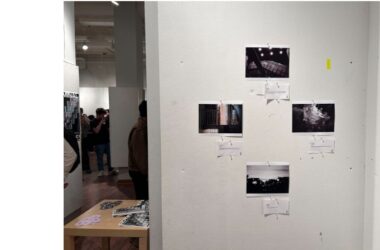New York Fashion Week (NYFW) came to a close last night, relieving its captive audience of Snapchat users from the endless onslaught of coverage. NYFW features mostly American designers and is considered one of the Big 4 Fashion Weeks—the others being held in London, Paris, and Milan.
Though there was much buzz about the week-long event, the actual fashion on display was disappointing. The added confusion of the experimental ‘see-now-buy-now’ system, wherein spectators could purchase a look they saw via cellphone app, had some designers displaying Fall/Winter clothing during what should be a Spring/Summer event (typically NYFW showcases Spring/Summer collections, named for the season in which clothes will comes to retail).
There were some achievements for diversity in fashion, as well as surprisingly humouros moments. Carrie Brownstein and Fred Armisen of /Portlandia/ hosted retailer Opening Ceremony’s “Pageant of the People” show, turning it into a running commentary on a variety of current issues: Feminism, immigration, and the upcoming American presidential election. An Indonesian designer, Anniesa Hasibuan, presented the first collection in Western fashion to feature a hijab in every outfit. Rapper Young Thug/Jeffery, anointed style mentor at the V-FILES show, stopped a model in the middle of the runway to fix up his outfit, causing a social media firestorm. Opening Ceremony and the non-traditional fashion collective V-FILES showcased some of the better looks of NYFW, despite not being fully recognized as labels. DKNY, with their ode to New York fashion, managed to have the best show of the big American names.
Kanye West’s now infamous fashion line, YEEZY, was one of the first shows of the week. YEEZY’s first season served as a blatant love letter to West’s influences—(Lang, Margiela, Nakamura, Ackermann)—and could be played off as a first-time designer finding their place in the industry. However, now in its fourth season, with very little commercial success to show for itself, YEEZY is more of a spectacle than an innovative clothing line. Besides a slight tweaking in fabric colour, the line has not evolved past being a reflection of high fashion, and hasn’t earned the seriousness that West believes it should be treated with.
Controversy bookended the week: West’s show called for “Multiracial Women Only,” which sparked social media debate surrounding the scrutiny of black features in fashion. Despite that, he managed to once again display the most diverse set of models in the week. Marc Jacobs came under fire for creating dreadlock wigs for his models to wear. He defended (and later apologized for) this choice by asking why no one complains about black women straightening their hair—an incredibly weak defense for the highly controversial gimmick.
Raf Simons’ buzzed-about appointment as chief creative officer at Calvin Klein unfortunately had no effect on this NYFW, with the brand choosing to wait until next season to show Simons’ first collection. Tom Ford displayed his clothes in New York for the first time in six years to a bunch of celebrities that were probably dressed more interestingly than the models. Tommy Hilfiger unveiled a wholly uninspired collaboration with Gigi Hadid, Alexander Wang combined lingerie with beachwear, and Ralph Lauren presented clothes on the sidewalk.
NYFW was, on the whole, disappointing, and the changing purchasing system might have something to do with that. Instead of showcasing future looks, brands are attempting to use the week as an instantaneous marketing campaign. Unfortunately, that makes for a dull series of shows. With Berlin Fashion Week on the rise as a force in the industry, and a growing interest in fashion beyond household American names, NYFW is due for an overhaul.









